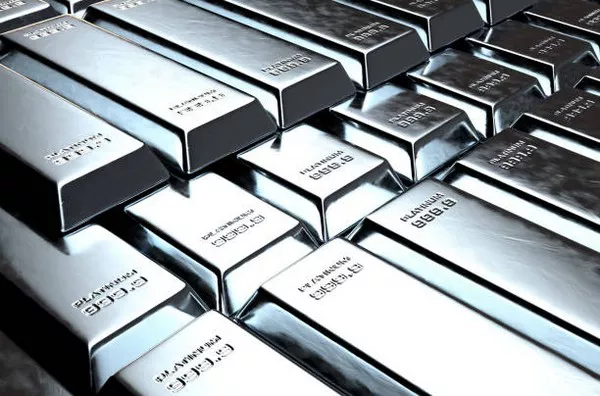The world of precious metals has long captivated investors and enthusiasts alike, with silver standing as a timeless and versatile commodity. Investors often seek to comprehend the intricacies surrounding silver’s market dynamics, and a fundamental aspect of this exploration is understanding the cost of 1 kg of silver. In this article, we delve into the multifaceted factors that contribute to the price of silver, shedding light on its global market dynamics.
Market Forces Driving Silver Prices:
Silver, known for its dual identity as both an industrial and precious metal, experiences pricing influenced by a complex interplay of market forces. Its value is subject to both supply and demand dynamics, macroeconomic trends, geopolitical factors, and speculative activities.
Supply and Demand Dynamics:
At its core, the cost of silver is heavily influenced by the fundamental economic principles of supply and demand. The global silver market witnesses a constant tug-of-war between the availability of silver and the demand for its various applications. While silver is extracted as a byproduct in mining operations targeting other metals like copper, lead, and zinc, its finite supply contributes to its intrinsic value.
Industrial Applications:
Unlike its counterpart gold, silver is an essential component in numerous industrial processes. Its exceptional conductivity, reflectivity, and antibacterial properties make it indispensable in the production of electronics, solar panels, medical equipment, and photographic materials. Fluctuations in industrial demand, therefore, play a pivotal role in determining the cost of 1 kg of silver.
Investment and Speculation:
Silver has long been coveted as a store of value and a hedge against inflation. The metal’s role as an investment vehicle has grown with the popularity of exchange-traded funds (ETFs) and other financial instruments. Speculative activities, driven by market sentiment and economic indicators, can introduce volatility into silver prices, influencing the cost per kilogram.
Global Economic Factors:
Macroeconomic Trends:
The health of the global economy has a direct impact on the cost of silver. During periods of economic uncertainty or downturns, investors often flock to precious metals as safe-haven assets. Conversely, robust economic growth may dampen silver’s appeal as a safe-haven, influencing its price. Factors such as interest rates, inflation, and currency strength contribute to the macroeconomic landscape that shapes silver prices.
Currency Fluctuations:
Silver is traded on international markets, and its price is denominated in U.S. dollars. Therefore, fluctuations in currency values, particularly the strength or weakness of the U.S. dollar, can significantly impact the cost of silver. A weaker dollar generally leads to higher silver prices, as it takes more dollars to purchase the same amount of the metal.
Geopolitical Influences:
Geopolitical Events:
Geopolitical events, such as trade tensions, political unrest, or international conflicts, can trigger shifts in investor sentiment and impact the cost of 1 kg of silver. Investors often turn to precious metals during times of geopolitical uncertainty, seeking refuge from volatile traditional markets.
Mining and Production Costs:
The process of extracting silver from mines involves various costs, including exploration, extraction, refining, and transportation. Mining companies must contend with labor costs, energy prices, and environmental regulations, all of which contribute to the overall cost of production. These factors, in turn, influence the minimum price at which silver can be sustainably produced.
See Also When Interest Rates Rise What Happens To Gold
Conclusion:
In conclusion, understanding the cost of 1 kg of silver requires a comprehensive examination of a myriad of factors. From the fundamental principles of supply and demand to the intricate dance of geopolitical events and economic indicators, silver’s market dynamics are dynamic and multifaceted. Investors and enthusiasts alike must stay attuned to these factors to navigate the ever-evolving landscape of the silver market successfully. As silver continues to assert its dual identity as an industrial workhorse and a precious metal, its price will remain subject to the ebb and flow of global economic forces, making it a fascinating and complex commodity to analyze and invest in.


